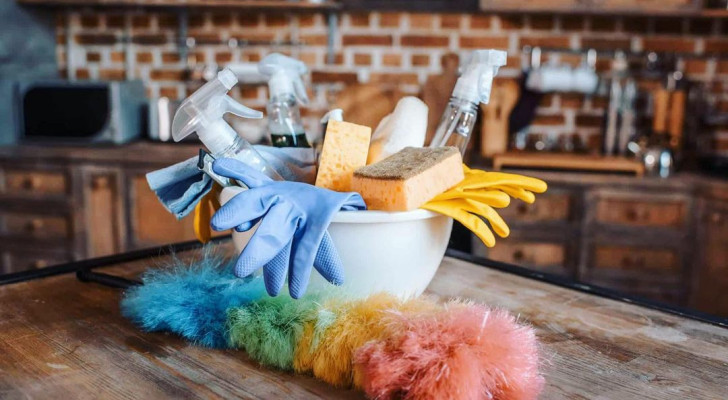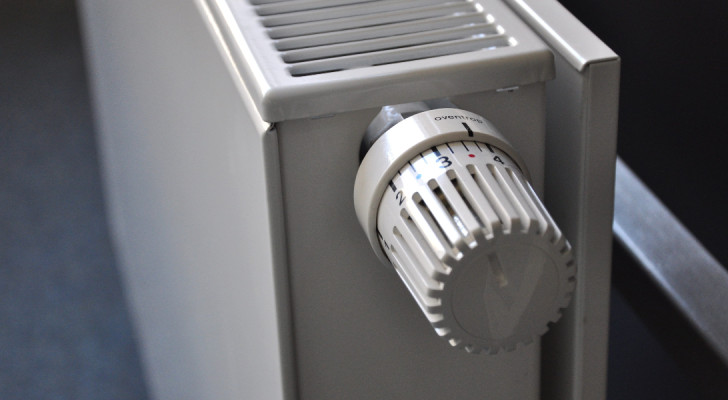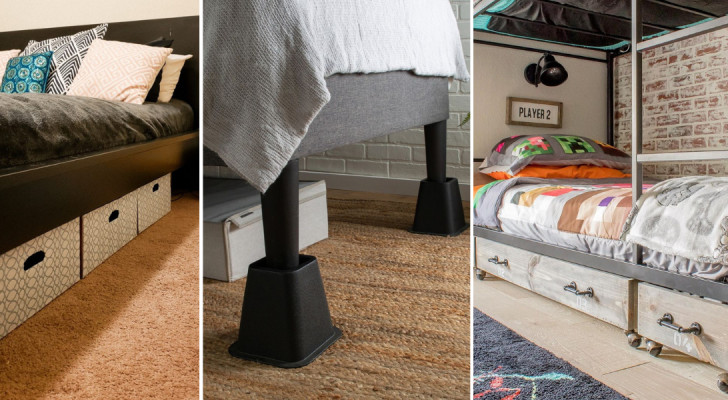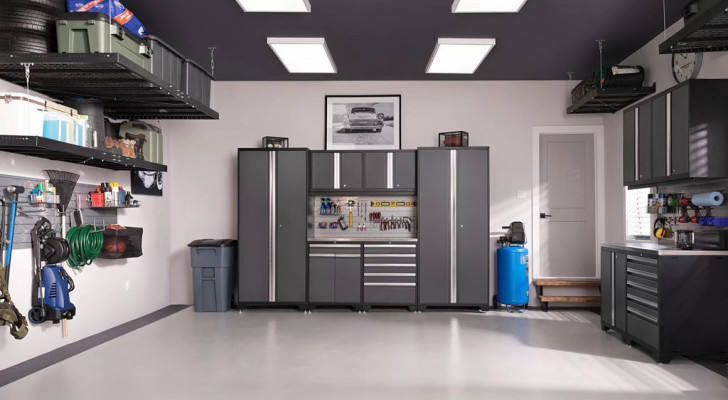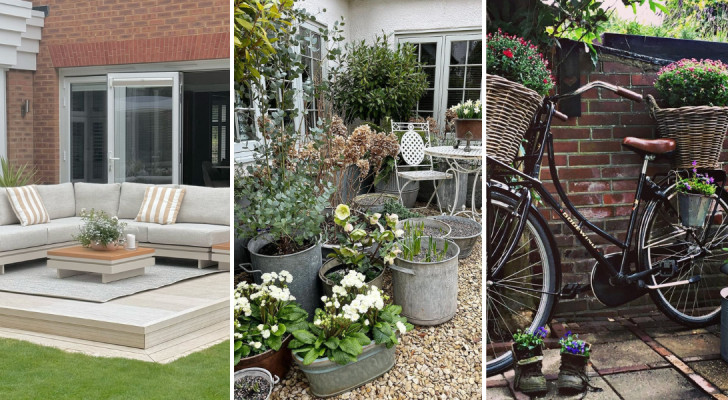Protect your houseplants from over-heating during the winter months
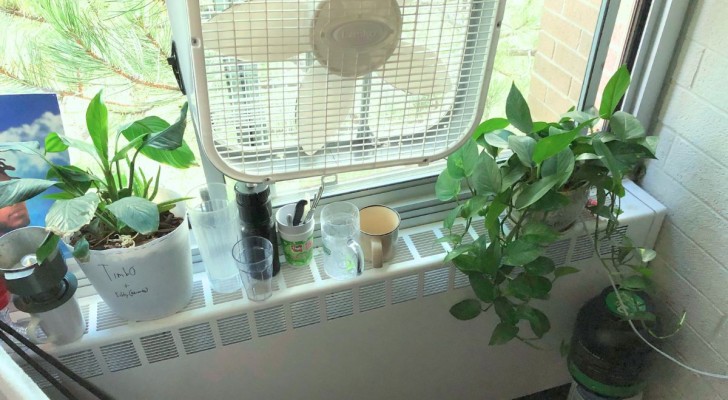
With the arrival of the cold weather, we also begin to turn on the heating in our homes, and there is a common misconception that our plants might benefit from this too - especially since many of them are probably from tropical regions. However, increasing the temperature in our homes may not always be a good idea, primarily because heating tends to dry out the air, and as a result, our plants could suffer from low humidity levels. Excessive heat can also damage plants, causing leaf burn and putting their overall well-being at risk.
Fortunately, it is possible to protect our indoor plants from winter heating by taking a few simple precautions, allowing us to maintain the right humidity levels for our plants and setting a comfortable temperatures for ourselves. Thanks to these tips, you can create the ideal environment for all the inhabitants of your home - plants, animals, and humans alike.
Here are some useful tips about home heating during the winter months:
Protect plants from fireplaces and radiators
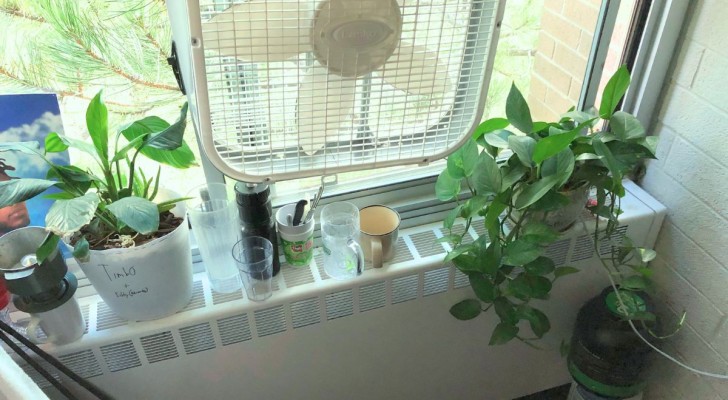
Placing your plants near fireplaces and radiators can result in over-heating, which will damage or burn their leaves or roots. Therefore, you should ensure to place plants far enough away to avoid receiving direct heat from these sources. You can perform a test by placing your hand next to the plants; if it feels the hot or warm, then you need to find another location for your plants.
Another aspect to consider is humidity, which can be maintained by misting the leaves directly. Alternatively, you can place a tray of water near or under your plants and ensuring that the roots are not soaked, perhaps by adding a layer of pebbles. This way, the roots won't risk rotting, and the gradual evaporation of water will provide your plants with a constant, proper level of humidity.
Protect plants from underfloor heating
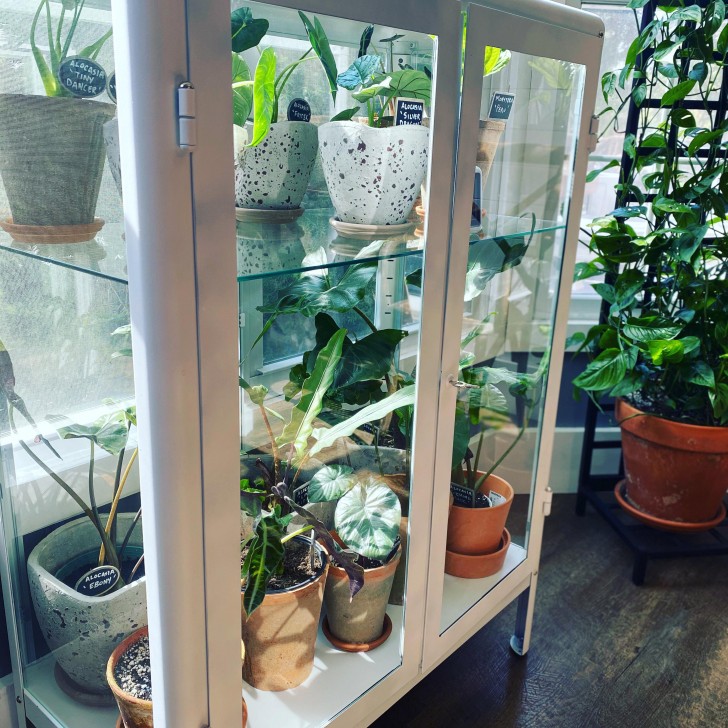
Underfloor heating, radiating from below, could burn the roots of your plants. And when the heating is turned off, it causes the floor to cool down, resulting in excessive temperature fluctuations that may affect your plants' well-being. In this case, simply raising your plants off the floor by placing them on furniture, tables, or shelves can be sufficient.
If your plants are too large to be lifted off the ground, no problem: you can elevate them by using a thick mat, preferably made of cork.
As in the previous case, it's essential to maintain consistent humidity by misting the leaves or placing water trays near/under your plants.
An excellent solution is the use of a greenhouse, which not only protects the plants from excessive heat but also ensures a constant and adequate levels of humidity.
General rules for the protection of plants from heating
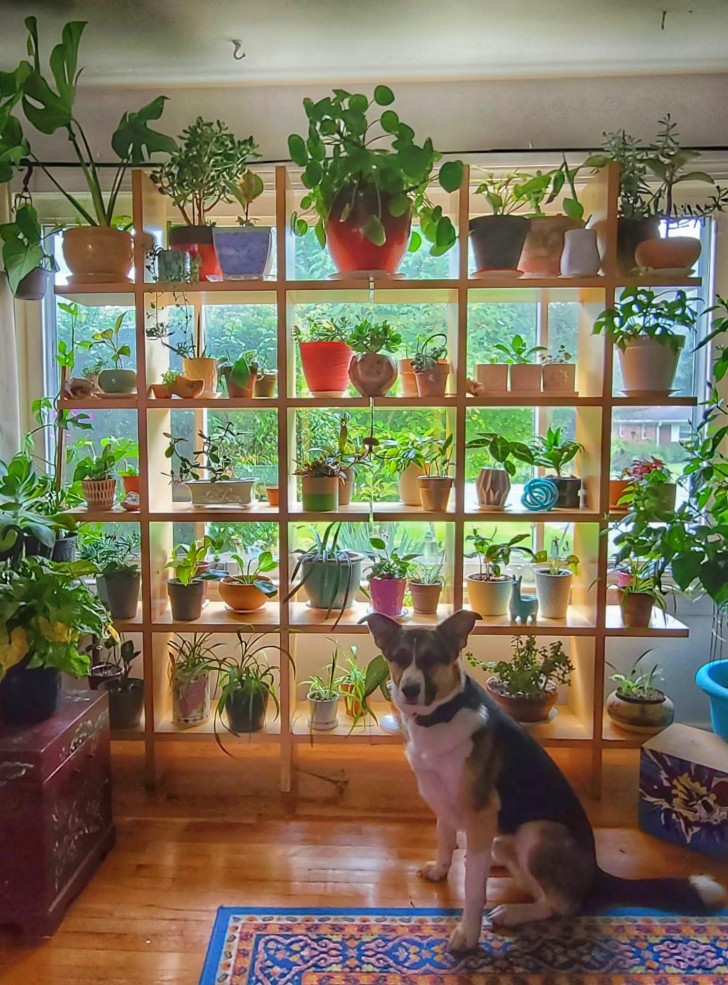
Regardless of the type of heating in your homes, there are some general rules that can help make life easier for your plants:
- Group your plants: Place the plants in the more humid areas of the house, such as the bathroom or kitchen. Grouping them together can create a microclimate inside the room, making it easier to maintain the right level of humidity.
- Use humidifiers: If your plants are in a drier room, you can use humidifiers to increase the humidity levels.
- Water your plants correctly: Ensure proper watering by continuously misting on the leaves to compensate for water loss due to dry air. However, be careful not to over-water (which can cause root rot).
Now, your plants can face the winter.
